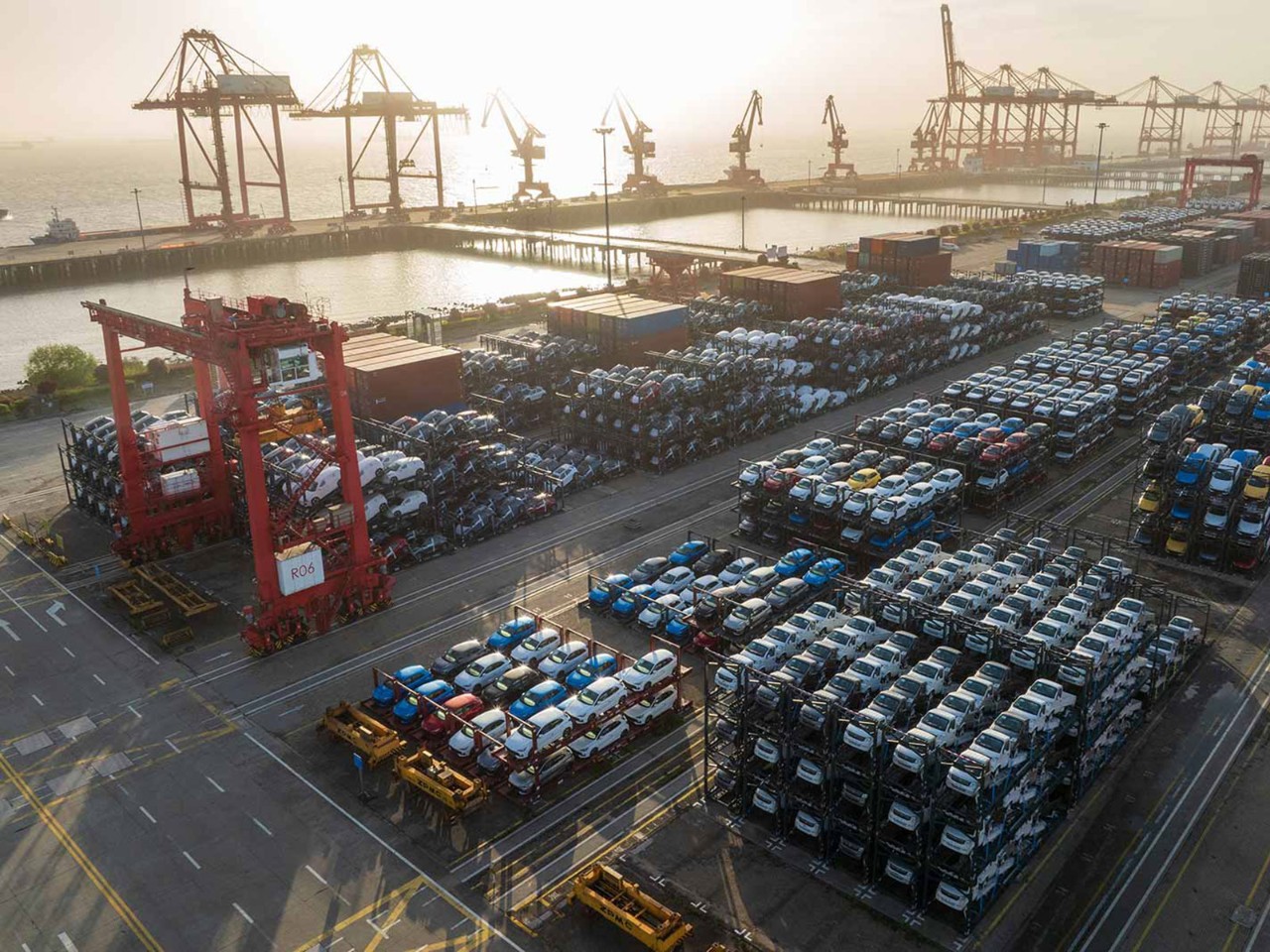
ASEAN is on track to become the world’s fourth-largest economy by 2030, but the region is facing mounting pressure to balance economic expansion with environmental goals. As companies begin tracking and reporting their emissions on the path to net zero by 2050, they are finding that Scope 3 emissions (ie those from their supply chain) are proving especially difficult to measure.
George Wade, co-founder and chief commercial officer of carbon management platform Zevero, says: ‘The complexity stems from the diversity and variability of supply chain data, compounded by suppliers operating across different regions, with varying reporting standards and practices.’
‘Companies will need precise emissions data to calculate tax liabilities’
While the Greenhouse Gas Protocol’s Scope 3 standards offer considerable flexibility in measurement approaches – to help companies develop their data collection processes over time – this very flexibility creates its own challenges.
When businesses measure things differently, it becomes difficult to make meaningful comparisons of Scope 3 emissions between different organisations or even track a single company’s progress over time, according to Sean Shin, senior lecturer in the Department of Accounting at the National University of Singapore Business School. ‘Auditors face significant challenges in verifying self-reported data, particularly when dealing with estimates or proxy data from less mature suppliers in complex multitier supply chains,’ he says.
Compliance
These measurements have direct tax implications. Carbon taxes are typically managed as a compliance expense and monitored by jurisdiction, Shin says. ‘The key would be to measure, report and verify the company’s carbon emissions, and pay the carbon tax accordingly.’
Kevin Milla, senior manager of sustainability and life cycle assessments at Zevero, expects carbon taxes – along with tax credits, sustainability investment deductions and non-compliance penalties – to become a fundamental component of corporate tax planning. ‘Companies will need precise emissions data to calculate tax liabilities, especially when operating in multiple jurisdictions,’ he says. ‘The differing rates, exemptions and thresholds across regions can complicate planning and forecasting.’
Double taxation is another concern for businesses operating in multiple jurisdictions with differing carbon pricing mechanisms, says Lai Kee Yin, director of technology, digital and sustainability consulting at Forvis Mazars.
‘Accurate tracking of emissions is essential to avoid duplication of carbon charges’
New rules
The landscape is getting even more complicated, with new rules coming into play, including the European Union’s Carbon Border Adjustment Mechanism, which is currently in its transitional phase (with full implementation in 2026), and an international carbon trading framework under Article 6.2 of the Paris Agreement now operational.
‘Accountants can address these challenges by establishing robust carbon emissions reporting systems to ensure compliance with both local and international standards,’ Lai says. ‘Accurate tracking of emissions throughout the supply chain and transparent reporting are essential to avoid duplication of carbon charges.’
Wade says: ‘A centralised data system is crucial for consistent measurement and reporting across regions, ensuring transparency and simplifying compliance.’
Shin recommends developing ‘scenario analysis tools’ to project tax liabilities under various regulatory possibilities. These tools are not just theoretical – they can provide procurement and finance teams with critical compliance cost data for making decisions about business transactions.
From expense to asset
As companies move toward decarbonisation, carbon credits will play an important role in helping them meet global compliance requirements. ‘Companies should view carbon credits as part of a broader decarbonisation strategy rather than standalone purchases, aligning their use with measurable reductions across the value chain,’ says Milla.
Lai sees an opportunity in early adoption. ‘Companies that adopt cleaner technologies, improve energy efficiency and enhance carbon transparency can position themselves as preferred suppliers,’ he explains.
Recent changes to IFRS Accounting Standards have opened the door for companies to treat carbon credits under accounting principles in IAS 37. This allows businesses to record their decarbonisation investments as assets, which could boost important financial metrics such as profit, earnings per share and credit ratings.
‘Every single decarbonisation dollar invested can be recognised as an asset’
James Kench, head of insurance at carbon insurance specialist Kita, says: ‘IAS 37 has the potential to kickstart profitable investments in carbon emission reduction, revealing substantial long-term returns. This begins with improved accounting practices that recognise every single dollar invested towards meeting commitments as an asset.’
It signals a shift from qualitative climate risk assessments to more precise, quantitative evaluations. According to Kench, boards will need to show exactly how they plan to generate returns, triggering major changes in how companies handle their accounting and audits. ‘This change represents a significant advancement in the right direction,’ he adds.
Tax relief timing
Under Article 6, businesses can use carbon trading to help manage double-taxation headaches. ‘Verified emissions reductions can be traded and recognised in different jurisdictions, potentially offsetting carbon costs,’ Lai says.
In the short term, however, treating carbon credits as assets rather than operational expenses will reduce immediate tax deductions, Wade says. ‘But the tax relief doesn’t disappear, it just gets spread out. If you’re in jurisdictions like Singapore or Malaysia with green incentives, you can still benefit.’
Some ASEAN countries allow businesses to speed up deduction recognition
The timing of tax benefits varies across South-East Asia. Indonesia, Vietnam and Thailand are among the countries that strictly enforce capitalisation rules, requiring companies to spread deductions over time rather than claim them upfront. Some ASEAN countries are more flexible, allowing businesses to claim expenses immediately or speed up their deduction recognition, according to Lai.
‘Depreciation expenses are generally tax-deductible, but the rates and methods vary across ASEAN jurisdictions,’ he says. ‘Some countries offer additional incentives for sustainability-related investments, such as accelerated depreciation or enhanced tax deductions. These incentives can reduce the upfront financial burden and encourage further investment in carbon reduction initiatives.’
Wade adds: ‘If a company is looking to optimise tax treatment under the new IAS 38 interpretation, it needs to keep an eye out for green incentives and capital allowances. They can help balance out the timing of your tax relief with your environmental reduction investment.’
More information
For information and resources on sustainability issues, visit ACCA’s Accounting for a better world hub.


